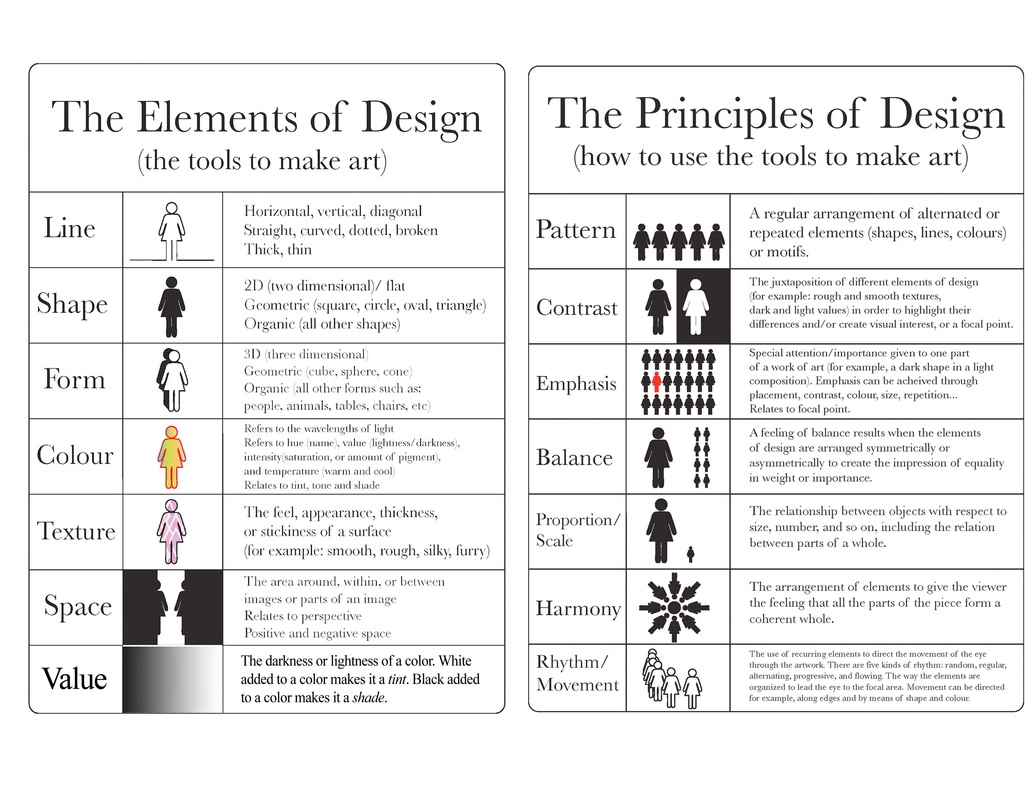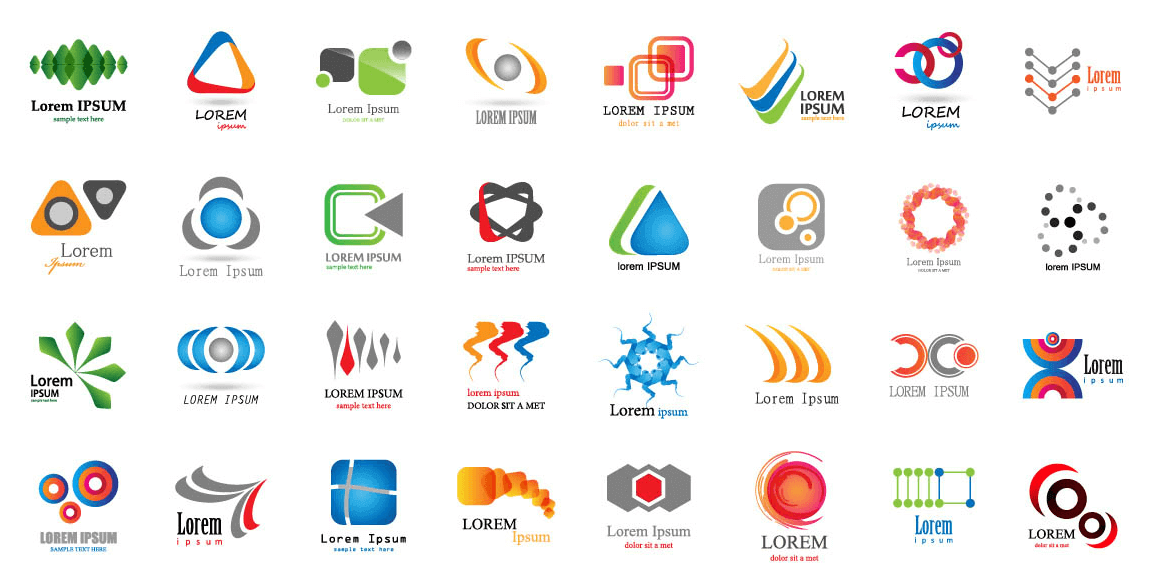Table Of Content

The principle of hierarchy is a way to achieve order in a design and a way to arrange elements by importance. Moreover, a well-established hierarchy creates a visual flow that leads the viewer’s eye through the design in the exact same order the designer meant to. A good hierarchy doesn’t require additional cues like arrows to guide the attention. Proportion refers to the relationships between various elements in a composition. The most common way to think of proportion is in terms of size, but it can also refer to other attributes such as color, shape, and texture.
Visual Hierarchy: Organizing content to follow natural eye movement patterns
While there are a few main principles of design, each listed here has its place within the design process. Disregarding these principles of design should be done with caution, and only after you have a thorough understanding of them and the purposes they serve. With Renderforest Graphic Maker you can browse through the professional templates created by our team of designers, choose the ones you need, and start editing them. Movement in a composition creates interest and dynamism that keeps the viewer engaged. Have you ever wondered what goes into the creation of a successful design piece? In this course, we'll talk about the principles of design and share some examples.
Movement
This is especially critical in a world increasingly flooded with information, where grabbing and holding attention is a key challenge. The five most basic principles of design are unity, hierarchy, repetition, alignment and contrast, but there are many more design principles that you can put into practice. In design, elements and principles work together to create a cohesive whole. Unity, variety, harmony, and hierarchy are some of the most important principles to understand in order to create an effective design. These principles can add visual interest, balance, and coherence to any project when used correctly.
Immersive Experience Design: Expert Insights and Techniques
Consider the sun's beams, a rose's blooming petals, or a dollop of tomato sauce amid a delicious meat pie. Making sure your design is equally weighted on both sides of the primary point is the goal of visual balance. Like a seesaw, it becomes unstable when one side of the credit is too heavily laden. These resources help you comprehend and appreciate the work that goes into the designs we see daily. As you get more familiar with them, you'll start to understand what works and doesn't work (and why) and how you may apply these ideas to your creative work. This article is for you if you've ever wondered what goes into good design.
The key thing here is negative space — white space between elements — which helps draw attention to certain parts of your design while making others recede into the background. One common approach is called "hierarchy." Generally, the idea is to arrange things to give prominence to the most important or noteworthy elements. This can be done in a number of ways, such as using different fonts, sizes, or colors.
Negative Space
To produce successful visuals, including captivating social media posts and blog graphics, you must adhere to design standards. It’s important to familiarize yourself with the most common eye movement patterns, F- and Z-patterns, and the layer cake pattern. F- and Z-patterns are more common on image-heavy pages, while the layer cake pattern is facilitated by lots of text with headings and subheadings. Alignment refers to how text or graphic elements are lined up on a page. This can refer to their alignment in relation to the entire composition (left, center, or right-aligned) as well as their alignment to one another. However, you don’t have to show variety, just because you need to have it in your design.
Examples of Principles of Design in Art
An additive mix of red, blue and green colours on screens will produce white light. An additive mix of colours on digital screens produces the RGB (i.e., Red, Green, Blue) colour system. Colour theory is a branch of design focused on the mixing and usage of different colours in design and art. In colour theory, an important distinction exists between colours that mix subtractively and colours that mix additively. A design with a high contrast of values (i.e., one which makes use of light and dark values) creates a sense of clarity, while a design with similar values creates a sense of subtlety.
Design and the circular economy - ellenmacarthurfoundation.org
Design and the circular economy.
Posted: Thu, 21 Jan 2021 08:00:00 GMT [source]
When we’re designing websites, we can make use of a grid for achieving a sense of unity, since elements organised in a grid will follow an orderly arrangement. We do need, however, to introduce some variety in our work in order to strike a balance between a boring and a chaotic design. We use colours in visual design to convey emotions in and add variety and interest to our designs, separate distinct areas of a page, and differentiate our work from the competition. The principles of design aren’t intended to stop you in your creative process and to adhere. They are defined to ensure that whatever you do meets the standards of what brand communication should be. Bilyana is an inspiring content writer and illustrator at GraphicMama with years of experience in art and design.
I would love to learn about…
The elements shouldn’t be exactly the same or completely different but related in some way. Color palettes or similar textures can create a sense of unity between different components. Using similarly shaped items will create harmony because they will seem related. Rhythm, a principle of design, has more complexity than the previous principles of repetition and pattern.
Hierarchy in design refers to the arrangement of elements in a way that signifies importance. It guides viewers' eyes, ensuring they focus on primary information first, followed by secondary and tertiary details. Designers establish a visual hierarchy by employing size, contrast, color, and spacing, directing attention and aiding comprehension.

Balance within a composition can be achieved in a couple of different ways. It’s achieved when elements on either side of a central vertical axis are basically the same. For example, two text blocks on either side of the page would create symmetrical balance, even if the content of those blocks wasn’t identical. With the right tools and principles, your design will be ready to melt hearts. If there is no relationship between your two or more elements, your design will give a messy and unprofessional feel.
Implementing secure by design principles requires a proactive approach. Organizations must stay abreast of the latest security trends and technologies and regularly update their security measures to adapt to evolving threats. However, secure by design will become table stakes as customers come to expect safe products from their tech providers. All providers should start implementing these principles, even if they can’t match the speed and scale of larger providers. The principles include contrast, balance, pattern, variety, and unity. These guidelines use elements to tell a story or atmosphere and help blend the elements effectively.
Visual weight ensures things are evenly distributed, like this image of a beach with water and trees. There's enough balance throughout, thanks to the clouds and reflection in the water. Texture refers to the physical or visual surface of the design or artwork.
Visual design is about creating and making the general aesthetics of a product consistent. To create the aesthetic style of a website or app, we work with fundamental elements of visual design, arranging them according to principles of design. These elements and principles together form the building blocks of visual design, and a firm understanding of them is crucial in creating a visual design of any product. Balance can be achieved symmetrically, where elements mirror each other on either side of a central axis, or asymmetrically, where elements provide equilibrium without mirroring. Achieving balance creates stability, harmony, and cohesion in a design. It ensures that viewers can engage with the content without feeling overwhelmed or distracted.

No comments:
Post a Comment